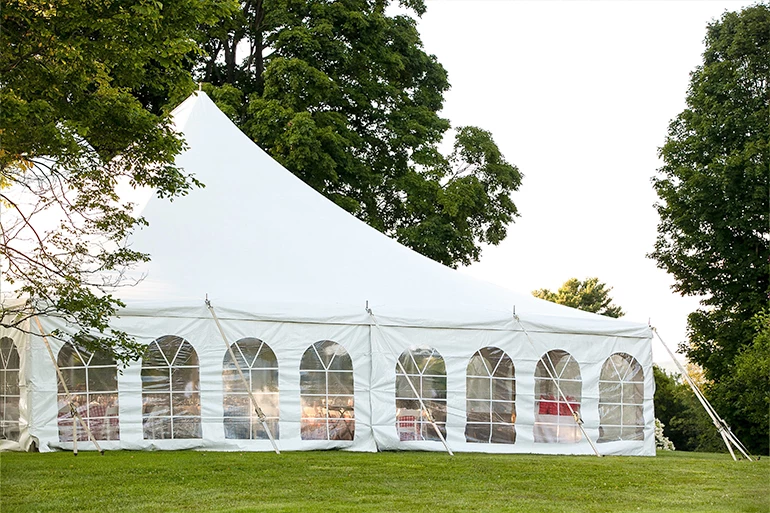The Practical Guide to Party Tents
Selecting the perfect party tent is no easy matter. There are many types, sizes, and styles to choose from. However, there is to need to go into the selection process blind. While there are many variants, this guide will assist you in narrowing it down. Each section will address different things to consider on your way to picking the perfect party tent.


